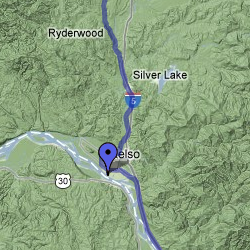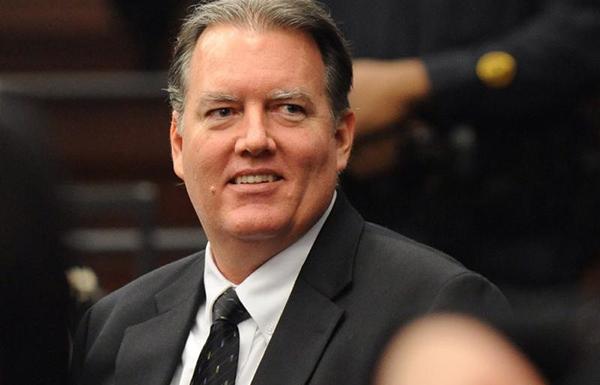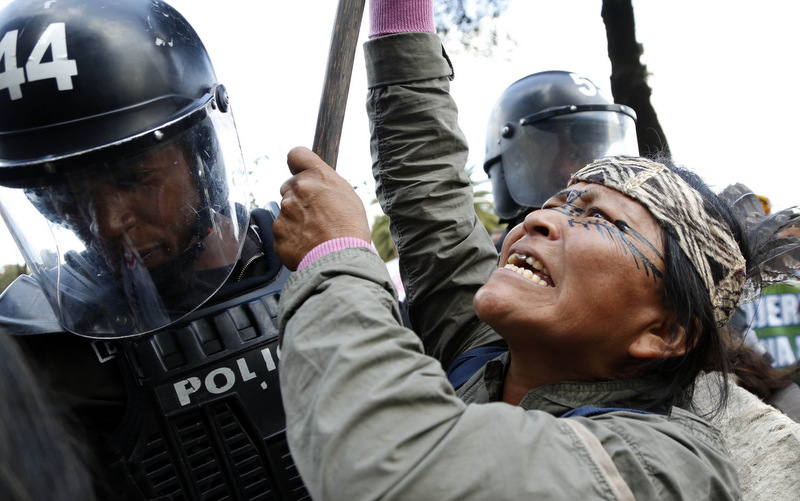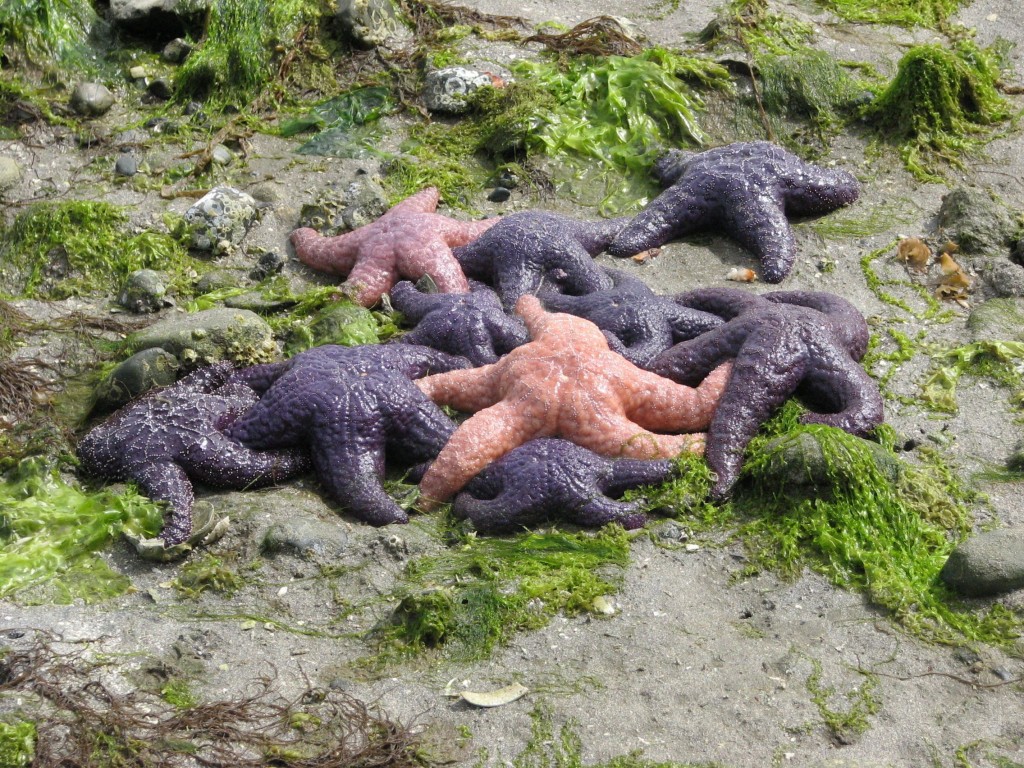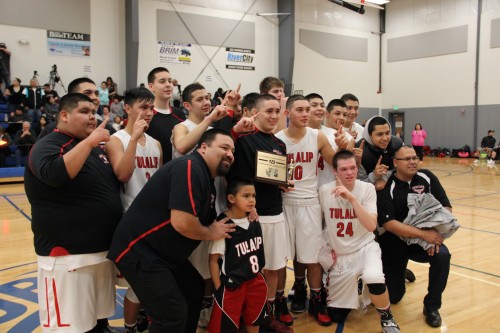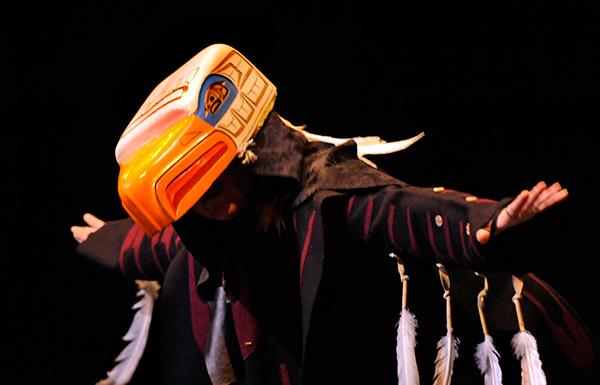
source: fullcircle.ca
A performer on stage at the 2013 Talking Stick Festival in Vancouver, Britich Columbia. The 2014 edition of the fest is now underway.
Talking Stick, the annual Native arts takeover of Vancouver, BC, is here. For the record, we’ll call it by its full name:
“FULL CIRCLE, First Nations Performance Company, presents the 21st Annual TALKING STICK FESTIVAL.”
That is indeed a mouthful, but you will always need many words, emotions and hand signs to describe what happens every February into March in Vancouver BC, when these First Nations artists and performers stage their events. These are the descriptions but its best to see and hear the actors, poets, musicians and dancers put all their energy, work, love and passion into these performances.

Yesterday, February 18, the festival opened up at The Roundhouse with music, dance, stories, food and drink at Wax hoks Shqalawin (Open Your Hearts). And with that, we were off and running. Here’s a rundown of the happenings you should investigate if you’re in Vancouver from now through March 2:
From Talking Stick to Microphone, Feb 21 at Café Deux Soleils, led by “East Van ghetto poet” Zaccheus Jackson (who has twice represented Vancouver and Western Canada at the Individual World Poetry Slam), this is a selection of this country’s best independent musicians and slam poets going head to head.

W2 Media, Live Nation & Talking Stick Festival present Salish Coast Live with A Tribe Called Red. ATCR will be performing at Salish Coast LIVE, Feb. 22, with Ostwelve, Mat the Alien, Lido Pimienta, Self Evident, VJs Kinotropy + Heidrogen, and Tsleil-Waututh artists. Buy tickets early as this show will sell out in advance. First Films, New Voices, 3 nights of films and talkback, from the Indigenous Independent Digital Film-making Program at Capilano University, Feb 19, 20, 21. Festival Opening Pow Wow at the Roundhouse, Feb.23.
The following productions have several shows throughout the Festival:
Raven Meets the Monkey King. JJ is an inquisitive 11 year old who dreams of becoming a rich and famous treasure hunter. She buys a mysterious box from a garage sale and inside finds an authentic Raven Mask wrapped in an original Chinese Opera poster depicting the Monkey King. In removing them she inadvertently sets free the spirits of the Raven and the Monkey King, who were trapped in the box for ninety years. These two tricksters share their stories and life lessons with JJ. An exuberant tale of how our lives are transformed by the people we meet, the choices we make and the stories we tell.
In Spirit (formerly Quilchena). In 1978 Monica Jack will be thirteen years old soon and her dad proudly presents her with a new bike. Sharing in his excitement, Monica rides the bike to show her friend who lives only a few houses up the road. Failing to return for dinner, a makeshift search party finds only her bike, tossed into some bushes at the side of highway 5A. For eighteen years, her family and friends imagine Monica into adulthood. This is a haunting journey inside the missing Monica’s experience. This is a story of the tragedy of a peoples systemically abused by an uncaring government, it is also the story of a community who banded together to ensure their missing child is never forgotten. This is a tour de force performance by Sera-Lys McArthur. Director/playwright Tara Beagan and Designer Moro were named in NOW Magazine’s Top Ten Theatre Artists for their work on Quilchena.

For the Pleasure of Seeing Her Again. Michel Tremblay’s hilarious and heartrending tribute to his mother; Kevin Loring is the narrator, regaling us with tales about his feisty mother – a born storyteller with a love of exaggeration and invention. Margo Kane, as Nana, exasperates the son she so fiercely loves – yet proves an inspiration for his art. One of the hits of Western Canada Theatre’s 2011-12 Season, critically praised, the piece was invited by the prestigious Magnetic North Theatre Festival to perform in Ottawa in June 2013.
The Hours That Remain , a Gwaandak Theatre production in association with New Harlem Productions. This play explores the story of a woman haunted by the disappearance of her sister. Denise desperately seeks to find answers to Michelle’s disappearance and is visited by her missing sister in a series of visions. In confronting the pervasive reality of missing women in Canada, we are also faced with the legacy of loss endured by families, friends and community.

Convergence, on February 26 and 27 at The Roundhouse. Convergence occurs where two strong ocean currents meet, merge, and transform. Propelled by opposing forces, their movement and strength increases as they intersect and coalesce. Two main currents of contemporary aboriginal dance, one more deeply rooted in ancient dance practices and the other more firmly grounded in contemporary dance, are once again reaching a crucial moment of convergence. The momentum of this transformation pushes past boundaries and categorization. It necessitates a deeper understanding of the diversity of contemporary Aboriginal dance. Two evenings examine two main currents of contemporary Aboriginal dance, one more deeply rooted in ancient dance practices share the stage with others more firmly grounded in contemporary dance.
Spirit of Transforming, a new work by Dancers of Damelahamid’s. Opening performance by the Eastern Sky Ambassadors. Spirit of Transforming is the signature new dance work by the Dancers of Damelahamid. It combines the richness and beauty of the tradition of masked dances of the Gitxsan and also explores presenting this genre in a minimalistic way- the very essence of this dance form.
Skins, is a new improvisation based dance work by Rosy Simas (Seneca) which investigates what we hold in our skin. Performed by Rosy Simas and Taja Will from Minneapolis. Over the past 20 years, Simas has created more than 40 original works. In 2013 she was awarded a Native Arts and Culture Foundation Dance Fellowship, and a NEFA National Dance Project award for her new work “We Wait in the Darkness.”
Going To Water: Dancer/Choreographer Maura Garcia (Cherokee/Mattamuskeet) collaborates with others to create genre-spanning art. Themes of social justice, Indigenous identity and the rhythms of the natural world run throughout her creations. Maura will present the solo performance “Going to Water”, which represents the traditional Cherokee ceremony of going to water. It speaks to the rebellious nature of water and of Indigenous people, continuing to make a way despite all obstructions.
NeoIndigenA: Set in a future Indigena with an unbroken continuum of Indigenous knowledge, NeoIndigenA is a ritual journey between Skyworld, Earthworld and Underworld. Santee Smith’s solo performance boldly moves us through sacred pathways of human connection, accompanied by musical collaborators Jesse Zubot, Cris Derksen and Michael Red and featuring elemental voices of Inuit singers Tanya Tagaq and Nelson Tagoona.

CH’ODZA (She is Dancing): Raven Spirit Dance, 10 years celebration, Feb 28, The Roundhouse.
“It seems to be, the farther we reach out, the deeper we understand home.” – Michelle Olson
Northern Journey, Choreographer: Michelle Olson, is a contemporary dance performance inspired by the land we carry inside of us. This internal landscape carves out the pathways that lead to our animal instinct and lead us to images that hold our human experience. Inspired by the Porcupine caribou herd and a First Nations traditional story about the caribou, this piece inhabits a place of ice, water, loneliness and transformation.
Spine of the Mother, Choreographer: Starr Muranko, is a collaborative project between contemporary artists in Canada and Peru exploring the relationship between the geography of the Andes Mountain range and traditional and contemporary dance movement in the Americas. “Spine of Mother Earth” is a name given by Indigenous Elders in South America to the Mountain ranges that span from the base in Argentina, through the Americas and end at the tip of Alaska. This column or axis connects the people of the North and the South who have traveled and communicated along this mountain range for thousands of years.
Screening of short-film “A Common Experience”, Based on the play by Yvette Nolan, “Dear Mr. Buchwald”. In 2008 the Government of Canada formally apologized for the treatment of Aboriginal people in the Indian Residential School system. In moving towards healing and reconciliation the government established the “Common Experience Payment”, a program that pays former students for their suffering. It is the story of one applicant, Helen Thundercloud, as told through the eyes of her daughter, Yvette Nolan.
Staged reading from “Red Mother”, Conceived, written and performed by Muriel Miguel of Spiderwoman Theatre – NYC.

Northern Lights, on Feb 28th at Djavad Mowafaghian World Arts Centre, 149 West Hastings Street , Vancouver. An evening celebrating Northern writers and artists with keynote from Keavy Martin (University of Alberta): readings from Sanaaq, the first novel written in Inuktitut and recently translated into English; and a screening of the short film Amaqqut Nunaat: Country of Wolves. The evening is capped with the delightful antics of Raven’s Radio Hour out of Alaska – a spoof of 40’s style radio shows, which blends traditional Alaska Native stories with song, dance and comedy, written and performed by Ed Bourgeois and Jack Dalton.
The Festival ends with a Crystal Shawanda Concert with Wayne LaVallee opening, March 1 at The Cultch.
You should probably start with on-line auctions and benefits, where you can purchase hotel accommodations, fine dining meals, ski packages, fine art prints, tix to the International Women’s Film Festival, Ballet, Orchestra and there’s always the big Whistler BC Resort vacation package up for grabs. During the Festival, there’s also art exhibits, Pow Wow, short films, panel discussions by First Nations professionals, story-telling, and as always the wrap party to celebrate another year. Go to FullCircle.ca for details and tickets, if you search Talking Stick Festival you will end up there also.
Read more at http://indiancountrytodaymedianetwork.com/2014/02/19/talking-stick-2014-drama-dance-and-electric-powwow-vancouver-153649


